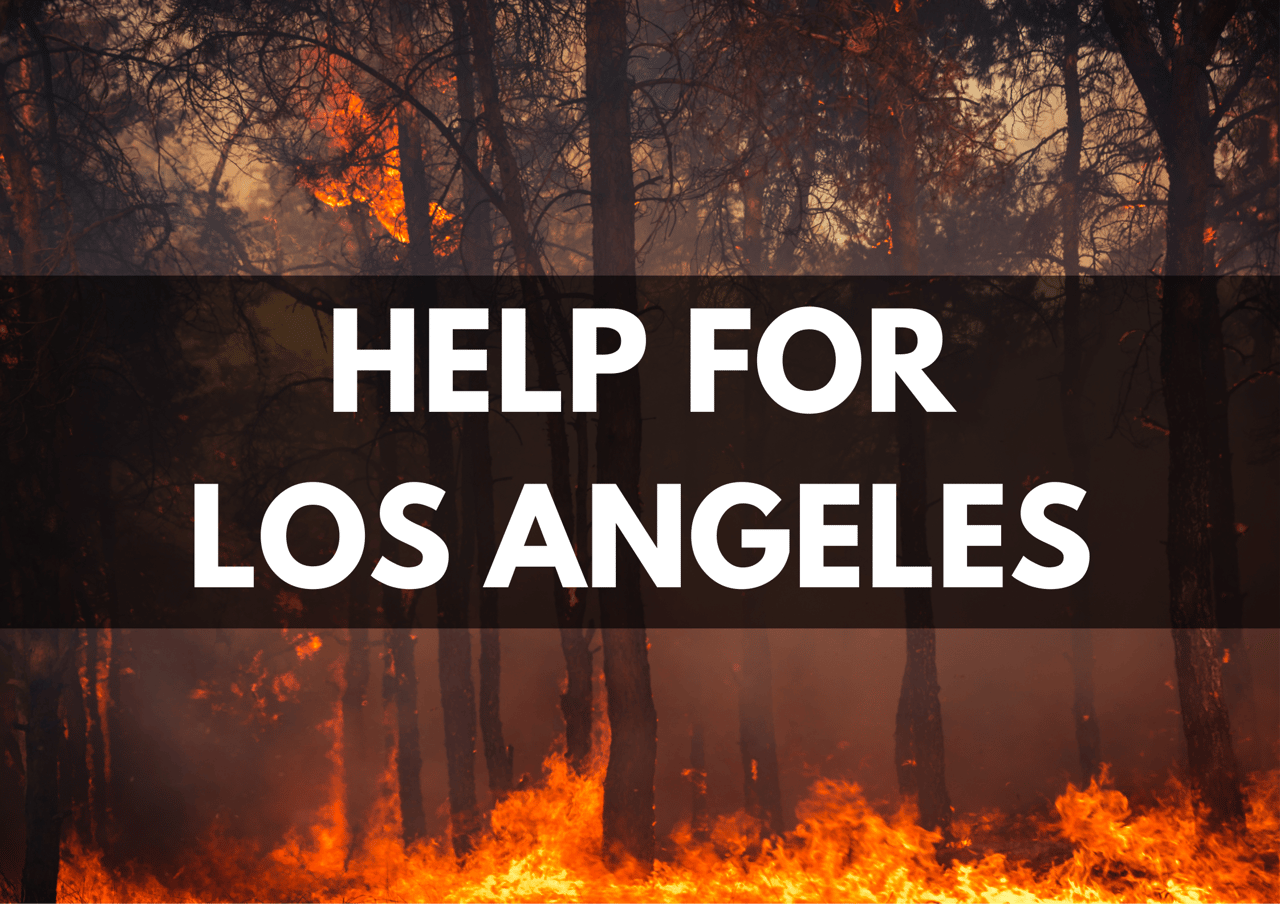Navigating the Changing Landscape of Residential Insurance in Wildfire-Prone Areas


Title: Navigating the Changing Landscape of Residential Insurance in Wildfire-Prone Areas
In recent times, homeowners across wildfire-prone areas have found themselves facing a growing challenge – the increasing nonrenewal of residential insurance policies. If you're among those grappling with this issue, it's essential to understand the evolving insurance landscape and the steps you can take to protect your home and family. In this article, we'll explore the dynamics at play and offer valuable guidance to ensure you're adequately covered in this changing environment.
The backdrop to this issue lies in the rising risks associated with wildfires. Climate change has led to more frequent and severe wildfires, causing insurers to reevaluate their exposure in high-risk areas. As a result, residential insurance is becoming increasingly scarce in regions identified as having above-average wildfire risk.
The Department of Insurance, while lacking the legal authority to dictate insurer decisions, plays a crucial role in ensuring that these decisions are based on risk assessments rather than biases. Monitoring this consistency is vital to maintaining fairness in the insurance market.
If you receive a nonrenewal notice from your insurer, don't panic. Instead, take proactive steps to address the situation:
1. **Mitigate Your Risk:** Contact your insurer and inquire about specific actions you can take to reduce your wildfire risk. Implementing safety measures can improve your chances of retaining coverage.
2. **File a Complaint:** If you believe your nonrenewal was unjust, consider filing a complaint with the Department of Insurance. They can investigate whether the decision was based on valid risk assessments.
3. **Start Shopping for Coverage:** While addressing the nonrenewal, don't delay your search for a new insurer. Ensure your property is as fire-resistant as possible and then begin exploring your coverage options.
Finding a new insurer may seem daunting, but you have several resources at your disposal:
1. **Local Agents and Brokers:** Contact local agents or brokers in your area who specialize in homeowner's insurance. They can provide valuable insights and connect you with suitable insurers.
2. **Residential Insurance Company Contact List:** This comprehensive list offers toll-free numbers for over 50 licensed homeowners insurance providers. Reach out to them to find agents or brokers or even get direct quotes.
3. **Language-Specific Agents:** If you require assistance in a specific language, utilize the Find an Agent or Broker tool to locate an agent near you who can communicate effectively with you.
4. **Comparison Tools:** Make informed decisions by using the Homeowner Premium Comparison Tool and Homeowner Coverage Comparison Tool. These resources allow you to compare premiums and coverage options easily.
5. **Exploring Beyond FAIR Plan:** If your agent can't secure coverage beyond the FAIR Plan, use the Home Insurance Finder tool to identify other agents and brokers in your region. This tool also indicates which insurers they represent.
Understanding your last-resort options is crucial:
1. **FAIR Plan:** The California FAIR Plan is available to all homeowners as a final safety net. However, it comes with limitations. The maximum coverage limit for all coverages combined is $3,000,000. To ensure comprehensive protection, consider supplementing it with a Difference in Conditions policy.
2. **Surplus Lines Market:** If all else fails, explore the "surplus lines" market. Consult your agent or broker to determine if they can obtain coverage through a surplus lines insurer or broker. Keep in mind that surplus lines insurers are not backed by the California Insurance Guarantee Association.
In conclusion, the changing landscape of residential insurance in wildfire-prone areas necessitates proactive and informed decision-making. By understanding your rights, exploring available resources, and considering all available options, you can safeguard your home and loved ones in these challenging times. Don't wait; start your journey towards securing adequate coverage today.
Stay up to date on the latest real estate trends.

Blog
Supporting Our Community: Resources and Ways to Help Los Angeles Recover from Wildfires


Quick Take: The Fed almost certainly will raise rates in March in an effort to combat inflation. Historically low supply is protecting the record-setting home prices o… Read more

If you’re planning to buy a home this year, saving for a down payment is one of the most important steps in the process. One of the best ways to jumpstart your savings… Read more

Over the past year, we’ve had plenty of opportunities to reflect on what we consider most important in our lives. The place we call home is one of the biggest things m… Read more

Over the past two years, the substantial imbalance of low housing supply and high buyer demand pushed home sales and buyer competition to new heights. But this year, t… Read more

With higher mortgage rates, you might be wondering if now’s the best time to buy a home. While the financial aspects are important to consider, there are also powerful… Read more

As the market has cooled this year, some of the intensity buyers faced during the peak frenzy of the pandemic has cooled too. Here are just a few trends that may benef… Read more
You’ve got questions and we can’t wait to answer them.